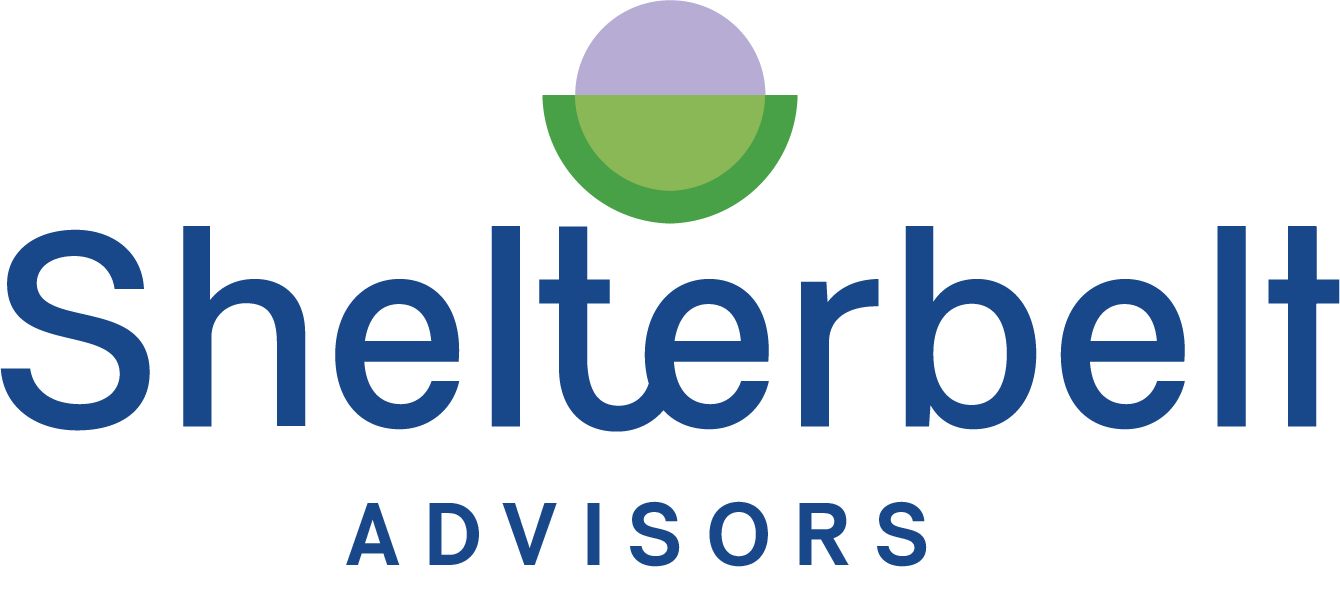How to Lower Self-Employment Taxes the Right Way
For many farmers and independent business owners, self-employment taxes are an unwelcome surprise. And at 15.3%, they can comprise a major portion of annual tax liability. What can you do about it and what should you not do about it?
How Self-Employment Taxes Work
Let’s say you net $80,000 from your farm operation after expenses. Before considering income taxes, here’s what you could owe in self-employment taxes:
Self-Employment Tax: $80,000 × 15.3% = $12,240
Add in:
Federal Income Tax: Approximately $5,200 (after the standard deduction).
NYS Income Tax: Roughly $2,500 (depending on some other stuff).
Total Estimated Tax Liability: ~$20,000
That’s 25% of your net income—before you have reinvested in your business, your family, or your future.
The Urge to Lower Self-Employment Tax
So how can you reduce this burden and retain more of what you’ve earned? Unfortunately, many strategies don’t directly impact self-employment tax. Let’s clarify what does—and does not—help.
What Does NOT Lower Self-Employment Tax
Several strategies will reduce your income taxes but will not reduce self-employment tax:
The standard or itemized deductions. These reduce your federal and state income taxes only.
Your retirement contributions. These reduce taxable income but do not affect the calculation of self-employment tax. (But contributions on behalf of employees do).
Self-employed health insurance deduction. A valuable income tax deduction, but not one that reduces SE tax.
Charitable contributions and mortgage interest. Again, helpful for income tax but irrelevant for SE tax purposes.
The QBI deduction (20%). The Qualified Business Income deduction lowers income tax but has no impact on self-employment tax.
Can I pay myself to lower expenses?
For most business entities, no. If you are a sole proprietor or single-member LLC, you can’t and shouldn’t put yourself on payroll. Guaranteed payments or hiring yourself as a contractor do not reduce self-employment tax either. Unless you are an S corporation paying yourself a formal salary, there is no simple workaround here.
Why You Shouldn’t Get Creative
Of course, there’s always this: under-reporting income or inflating business expenses. So how do you feel about committing tax fraud?
The risks are significant:
IRS penalties, audits, and back taxes
Compounding legal fees and interest charges
Damaging your credibility with lenders, investors, or future business partners
Creating issues when you try to “fix” the books later (especially during succession planning, farm transition, or loan applications)
Risking your ability to access programs like USDA loans or grants, which often require clean, transparent financials.
In short, creative bookkeeping may lower your tax bill temporarily—but it rarely pays off in the long run. Transparency and integrity in your financials are critical for building a resilient business.
What DOES Lower Self-Employment Tax
1. Business Expenses
The most direct method to reduce your self-employment tax liability is to reduce your net business income by deducting legitimate business expenses. Every dollar spent on allowable business expenses reduces both your self-employment and income tax liability.
2. S Corporation (When Appropriate)
Electing S corporation status can reduce your self-employment tax exposure. Instead of paying self-employment tax on your entire net income, you pay yourself a reasonable salary subject to payroll tax, while distributions taken from remaining profits are not subject to self-employment tax.
Not All Expenses Are Equal
It’s important to distinguish between types of expenses to ensure you’re building a more sustainable operation and not simply chasing deductions.
(1) Operating Expenses
These are necessary costs to run the farm. These are essential but don’t contribute to growth—they maintain the status quo.
(2) Wagging the Dog
Every once and awhile business owners buy stuff simply to reduce taxes. I mean, I know you wouldn’t do such a thing.
While big purchases can reduce self-employment tax, they can erode profitability and cash flow. Spending $1 to save 15 cents in tax is an interesting financial strategy.
(3) Growth Expenses
The most strategic expenses reduce tax liability and support the long-term success of your farm or business.
Hiring labor to free up your time or increasing wages to attract and retain key staff
Investing in more efficient systems
Marketing and sales development
Business coaching, planning, and financial advisory services
These investments reduce taxable income and position your business for sustainable growth.
About S Corporations
While S corporations can be a valuable tool, the decision to convert should not be taken lightly.
Considerations include:
The cost of payroll services and quarterly filings
Increased tax preparation fees due to corporate and payroll tax filings
The requirement to pay yourself a reasonable salary, limiting how much can be shifted into SE-tax-free distributions
Interplay with the QBI deduction, which behaves differently inside an S corp structure
For many farmers, an S corp only becomes advantageous once net profits consistently exceed $100,000. Below that threshold, the additional complexity may outweigh the self-employment tax savings. You should definitely pay a tax professional to run the calculations and advise you. An S-corp election comes with its own unique tax challenges so it needs to make sense for your business as a whole, not just for the tax savings.
Take the “W”
If you have to pay more in taxes in a given year, it means you made some money. Take the win, move that money onto your balance sheet, and invest the after-tax portion back into yourself and those you love. Maybe the goal shouldn’t be to lower self-employment taxes? But if it is, it requires more than just finding deductions—it calls for thoughtful decisions that support your business and your personal well-being. Of course, if you find yourself struggling to make the right decision, you can always work with a financial professional to help you see the big picture.




